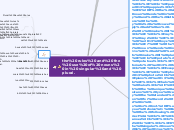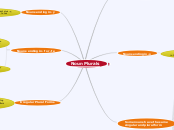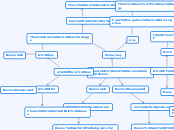by ginger dayana 6 years ago
416
the rules and the use of nouns in singular and plural
The formation of plural nouns in English follows several specific rules that depend on the ending of the singular noun. Regular nouns typically form their plural by simply adding an -s.









